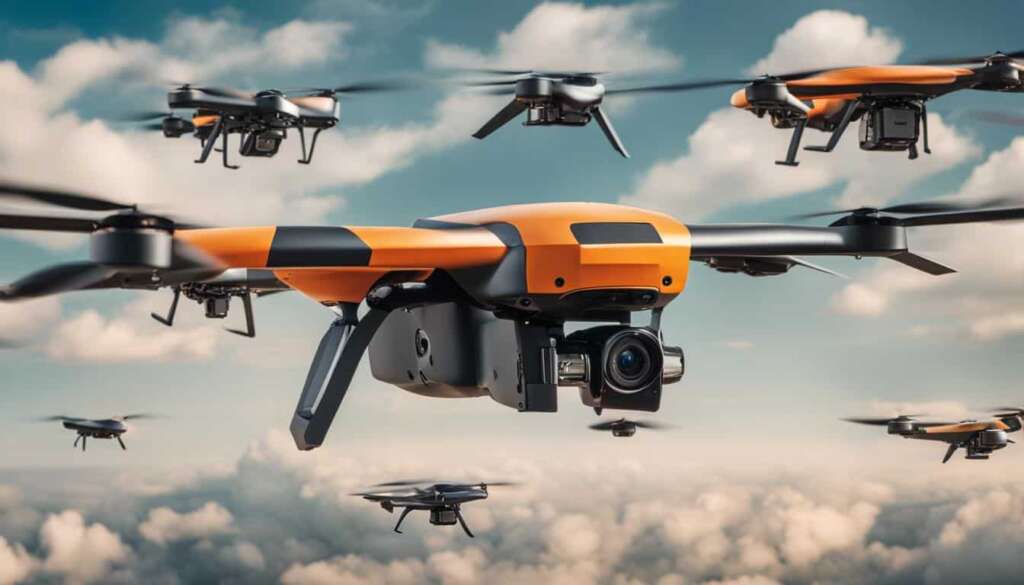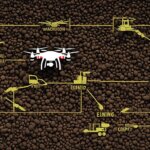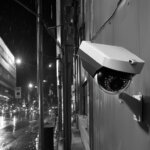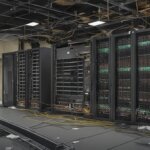Table of Contents
Drones, also known as unmanned aerial vehicles (UAVs), have become a ubiquitous presence in today’s world. They have revolutionised various industries and are poised to shape the future. At their core, drones are remote-controlled or autonomously-operated aircraft equipped with sensors, cameras, and cargo holds. They come in various shapes and sizes, from mini quadcopters to fixed-wing aircraft.
Drones have transformed the way we capture images and videos from the sky, opening up new creative horizons for photographers and videographers. They have also found applications in industries like agriculture, disaster management, search and rescue operations, construction, and even package delivery.
The Role of a Strategy Speaker in Simplifying Drone Technology
A strategy speaker plays a crucial role in simplifying drone technology, bridging the gap between technical intricacies and practical applications. By demystifying complex concepts, they make drone technology accessible to a wide audience who may not possess a deep understanding of the subject. This is of utmost importance as drones continue to gain popularity and find applications in various industries.
Strategy speakers employ effective communication techniques to break down the complex technical aspects of drones into relatable examples and captivating visuals. This enables their audience to grasp and appreciate the inner workings of these remarkable aerial vehicles. In doing so, they create a strong foundation of knowledge for individuals and organizations interested in adopting drone technology.
“Drones have the potential to revolutionize industries and improve efficiency in numerous sectors. However, without a proper understanding of the technology and its potential benefits, many may hesitate to embrace this transformative tool. This is where strategy speakers step in, providing valuable insights and empowering others to leverage the capabilities of drones effectively.”
Moreover, strategy speakers address concerns and misconceptions surrounding drones, offering clarity on both the limitations and remarkable potential of these devices. They delve into the practical applications of drones across industries such as agriculture, construction, and package delivery, showcasing the significant benefits that can be derived from their utilization.
Demystifying Complex Concepts Through Engaging Presentations
Strategy speakers utilize their expertise to simplify complex concepts surrounding drone technology. They combine their knowledge with excellent presentation skills to engage their audience effectively. Through captivating storytelling and interactive sessions, strategy speakers create an immersive learning environment, making the subject matter more relatable and engaging.
Their presentations often include illustrative examples, where they introduce practical use-cases of drones in various industries. By showcasing the potential benefits of drone technology, strategy speakers foster an understanding of its positive impact on society, economy, and individuals.
In addition to simplifying technical intricacies, strategy speakers also shed light on the legal and ethical considerations associated with drones. This further enhances the audience’s understanding of the responsible and ethical use of drone technology.
Empowering Informed Decisions
A strategy speaker’s ultimate goal is to empower individuals and organizations to make informed decisions regarding drone adoption. By providing comprehensive insights and addressing misconceptions, they equip their audience with the knowledge necessary to evaluate the potential benefits and risks associated with incorporating drones into their workflows.
With a deep understanding of drone technology facilitated by strategy speakers, decision-makers can explore the practical applications that align with their specific industry and objectives. This knowledge enables them to implement drones in ways that improve efficiency, productivity, and safety while delivering tangible benefits to their organizations.
As more industries recognize the potential of drones, the role of strategy speakers in simplifying drone technology becomes increasingly critical. Their ability to articulate complex concepts, showcase practical applications, and address concerns, positions them as essential partners in navigating the evolving landscape of drone technology.
To gain further insights into the practical applications of drones in different industries, continue reading Section 3: Decoding Drone Applications in Different Industries.
Key Takeaways:
- Strategy speakers simplify drone technology, making it accessible to a wide audience.
- They employ relatable examples and captivating visuals to illustrate the inner workings of drones.
- Strategy speakers address concerns and misconceptions, providing insights into the potential benefits and limitations of drones.
- Through engaging presentations, they demystify complex concepts and foster understanding.
- Strategy speakers empower individuals and organizations to make informed decisions regarding drone adoption.
Decoding Drone Applications in Different Industries
Drones have revolutionized traditional practices in various industries, showcasing their transformative capabilities. From agriculture to construction, and even the delivery sector, drones have opened up new possibilities for efficiency, safety, and improved practices.
Agriculture
In the agricultural sector, drones equipped with advanced imaging sensors have proven invaluable. By monitoring crop health and optimizing pesticide usage, drones assist in precision farming, leading to higher yields and optimized resources. Additionally, drones can aid in crop spraying, ensuring accurate and targeted application of pesticides. These applications not only enhance efficiency but also contribute to sustainable practices in the agricultural industry.
Construction
In the construction industry, drones have become essential tools. By employing drones for surveying and mapping, project teams can collect data faster and with greater accuracy. These aerial perspectives enable project managers to monitor progress, identify potential issues, and make informed decisions in real-time. Drones not only expedite data collection but also enhance safety by reducing the need for manual inspections in hazardous areas. With drones, construction projects can improve efficiency and mitigate risks.
Delivery Sector
Drones have the potential to revolutionize the delivery sector by introducing faster and more efficient methods of transportation. Particularly in remote or hard-to-reach areas, drones offer a viable alternative to traditional delivery methods. Navigating through congested airspace, drones can reach destinations quickly, reducing delivery times and improving overall logistics efficiency. The use of drones in the delivery sector underscores the transformative power of this technology in redefining traditional practices.
Within each industry, drones have proven to be powerful tools, streamlining processes, and enabling practitioners to achieve more efficient and effective outcomes. Embracing drone applications has not only improved productivity but also enhanced safety measures and sustainability practices in these sectors.
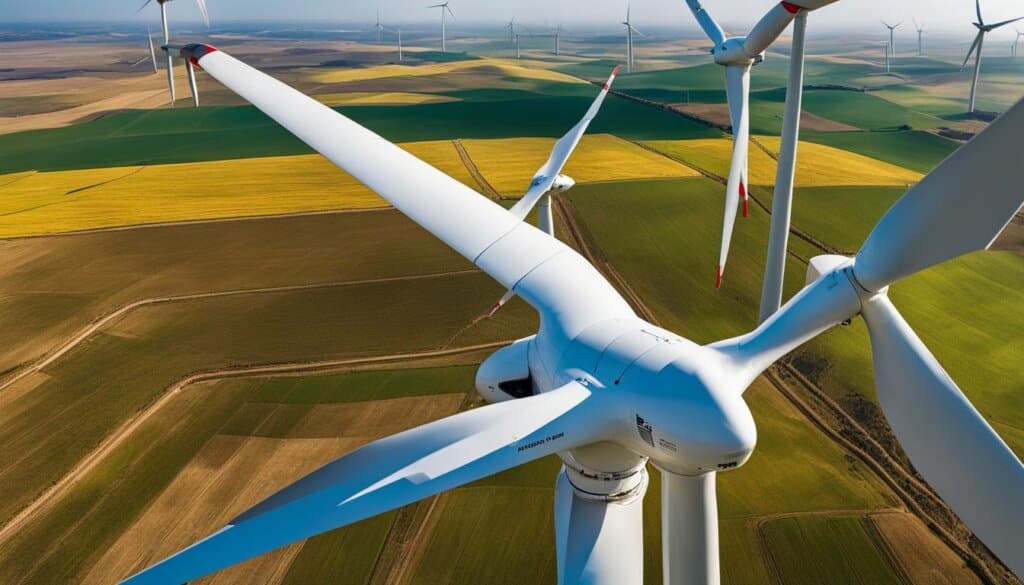
| Industry | Drone Applications |
|---|---|
| Agriculture | Monitoring crop health Optimizing pesticide usage Precision crop spraying |
| Construction | Surveying and mapping Real-time progress monitoring Improved safety in hazardous areas |
| Delivery Sector | Faster and more efficient package delivery Access to remote and hard-to-reach areas Reduced logistics costs |
Through these practical applications, the use of drones has been transformative, offering unprecedented levels of efficiency, safety, and innovation across various sectors.
Understanding the Economic and Social Implications of Drones
Drones have brought about significant economic and social implications, shaping industries and societies alike. One of the key benefits of drones is the creation of new opportunities for entrepreneurship and job creation in the drone industry. Businesses that manufacture, operate, and service drones are emerging, leading to job growth and economic development.
In addition, drones provide enhanced data accuracy, enabling detailed and precise information gathering. With advanced sensors and imaging capabilities, drones can collect data in a more efficient and accurate manner than traditional methods. This data can be utilized in various fields, from urban planning to environmental monitoring, empowering decision-makers with actionable insights.
Drones also offer cost efficiency and accessibility in data acquisition. By reducing expenses and minimizing human involvement, drones make data collection more affordable and accessible to a wide range of organizations and individuals. This accessibility ensures that even smaller businesses and communities can benefit from the valuable data insights that drones provide.
Another crucial aspect of drones is their contribution to safety. Drones can access hard-to-reach or hazardous areas without risking human lives. This is particularly beneficial in scenarios such as disaster management and infrastructure assessment, where drones can assess damage, identify risks, and aid in rescue operations. The use of drones in these situations can greatly enhance safety and save lives.
However, the adoption of drones also brings challenges that need to be addressed. The integration of drones into existing workflows may require upskilling in the workforce. As new technologies emerge, individuals and organizations will need to adapt and acquire the necessary skills to effectively utilize drones. Additionally, there may be concerns about job displacement in certain sectors where drones can automate certain tasks.
In conclusion, the economic and social implications of drones are vast and far-reaching. From job creation to enhanced data accuracy, cost efficiency, safety, and accessibility, drones have the potential to transform industries and shape our society in profound ways. As we navigate the drone revolution, it is crucial to not only embrace the opportunities but also address the challenges and ensure a sustainable and inclusive future.
FAQ
What is a drone?
A drone, also known as an unmanned aerial vehicle (UAV), is a remote-controlled or autonomously-operated aircraft equipped with sensors, cameras, and cargo holds.
How have drones revolutionized various industries?
Drones have transformed various industries by providing new capabilities and efficiencies. They have been instrumental in fields such as agriculture, disaster management, search and rescue operations, construction, and package delivery.
What is the role of a strategy speaker in simplifying drone technology?
A strategy speaker plays a crucial role in simplifying drone technology by bridging the gap between technical intricacies and practical applications. They use relatable examples and captivating visuals to explain how drones work and discuss their potential benefits.
How do drones benefit the agriculture industry?
Drones equipped with advanced imaging sensors can monitor crop health, optimize pesticide usage, and assist in crop spraying. They provide valuable insights for precision farming and yield optimization.
In what ways are drones used in the construction industry?
Drones are used in the construction industry for surveying and mapping, allowing faster and more accurate data collection. They enable project managers to monitor progress and identify potential issues.
What are the advantages of using drones in the delivery sector?
Drones offer a faster and more efficient option for delivering packages, especially in remote or hard-to-reach areas. They have the potential to revolutionize the logistics industry by navigating through congested airspace and reaching destinations quickly.
What are the economic and social implications of drones?
Drones create new opportunities for entrepreneurship and job creation in the drone industry. They enhance data accuracy, offer cost and time efficiency, contribute to safety by accessing hard-to-reach or hazardous areas, and play a crucial role in environmental monitoring, disaster management, and infrastructure assessment.
How do drones contribute to safety and accessibility?
Drones provide a safer alternative for accessing hard-to-reach or hazardous areas without risking human lives. They also make data acquisition more accessible and enable faster response times in emergency situations.

